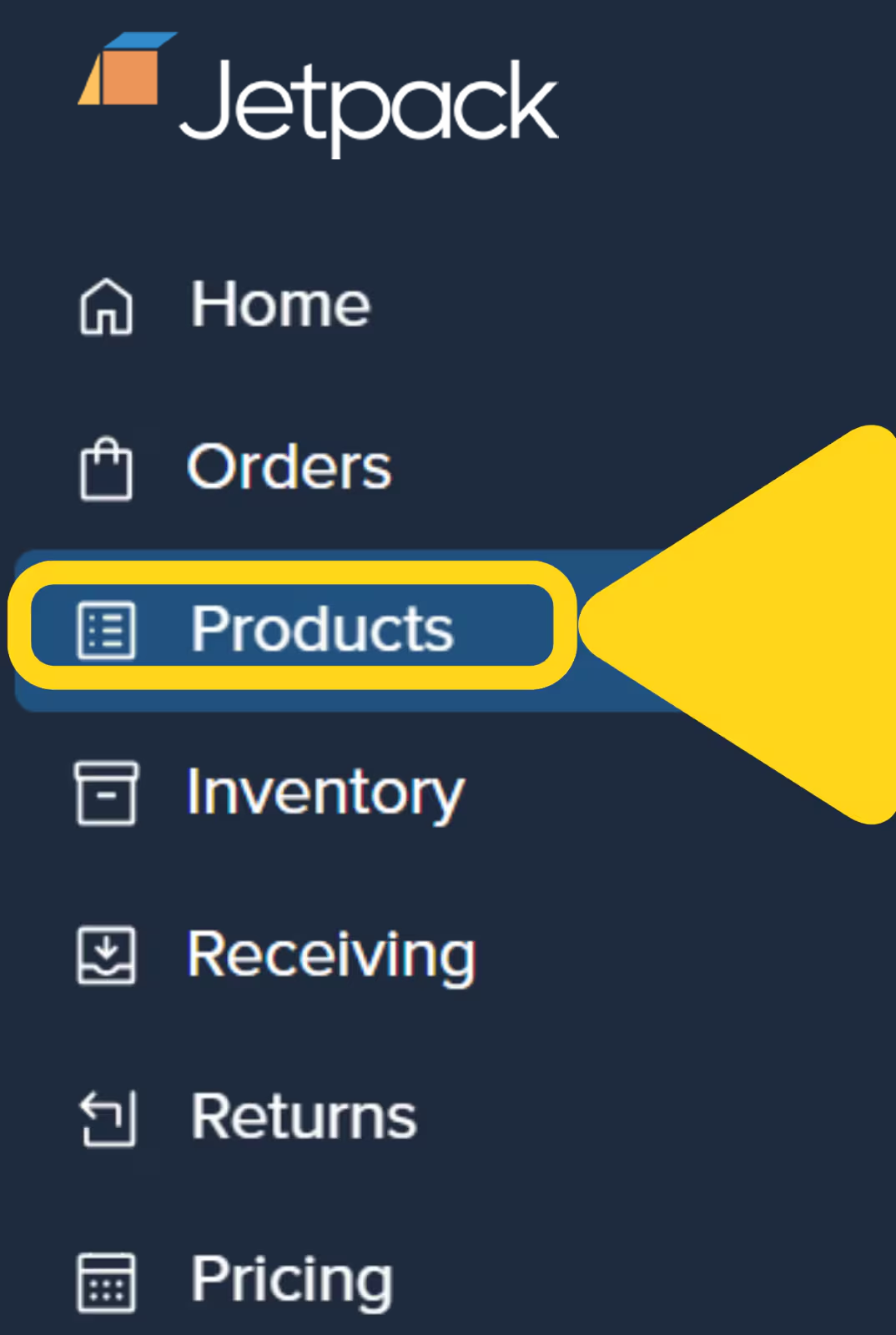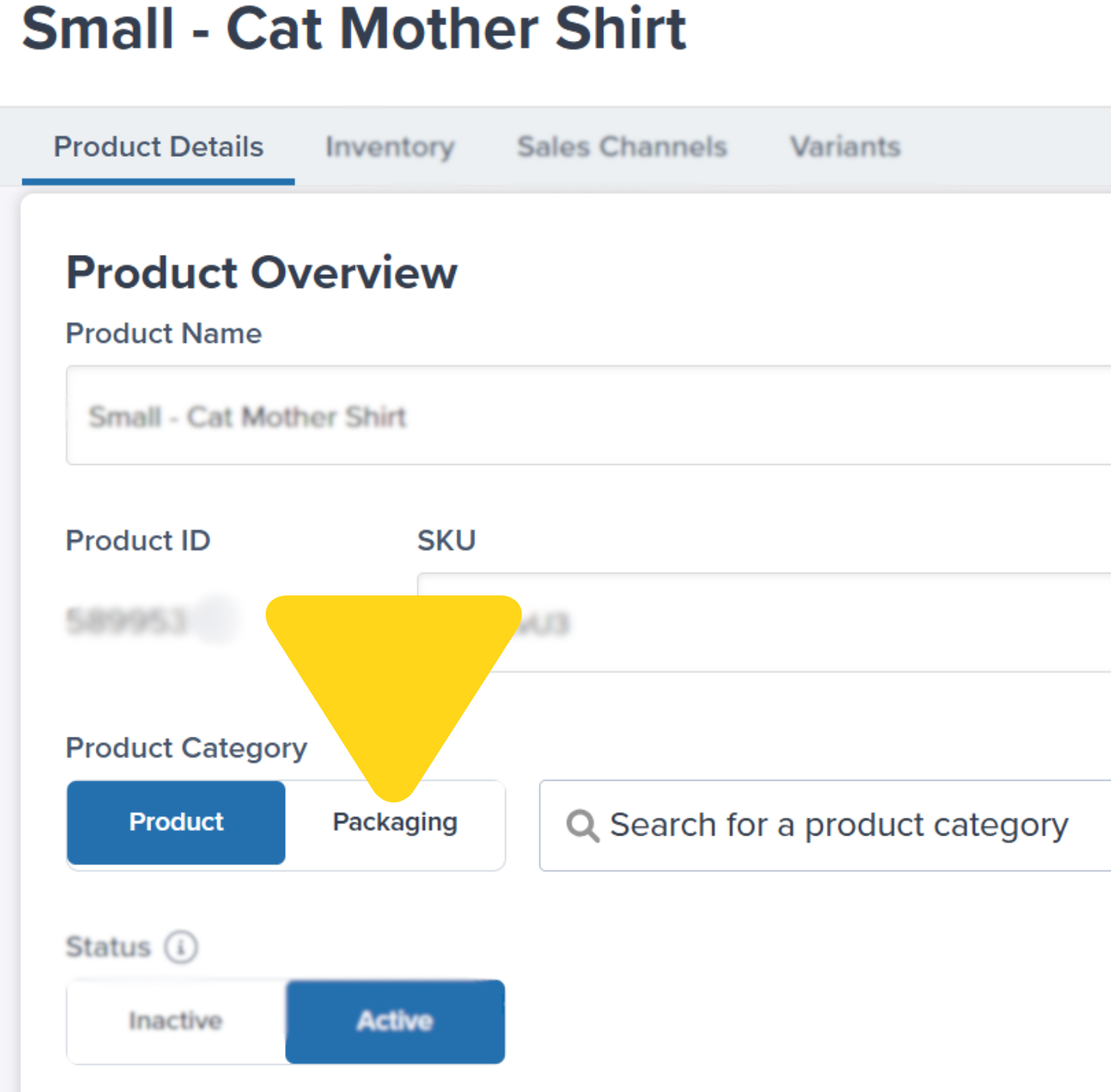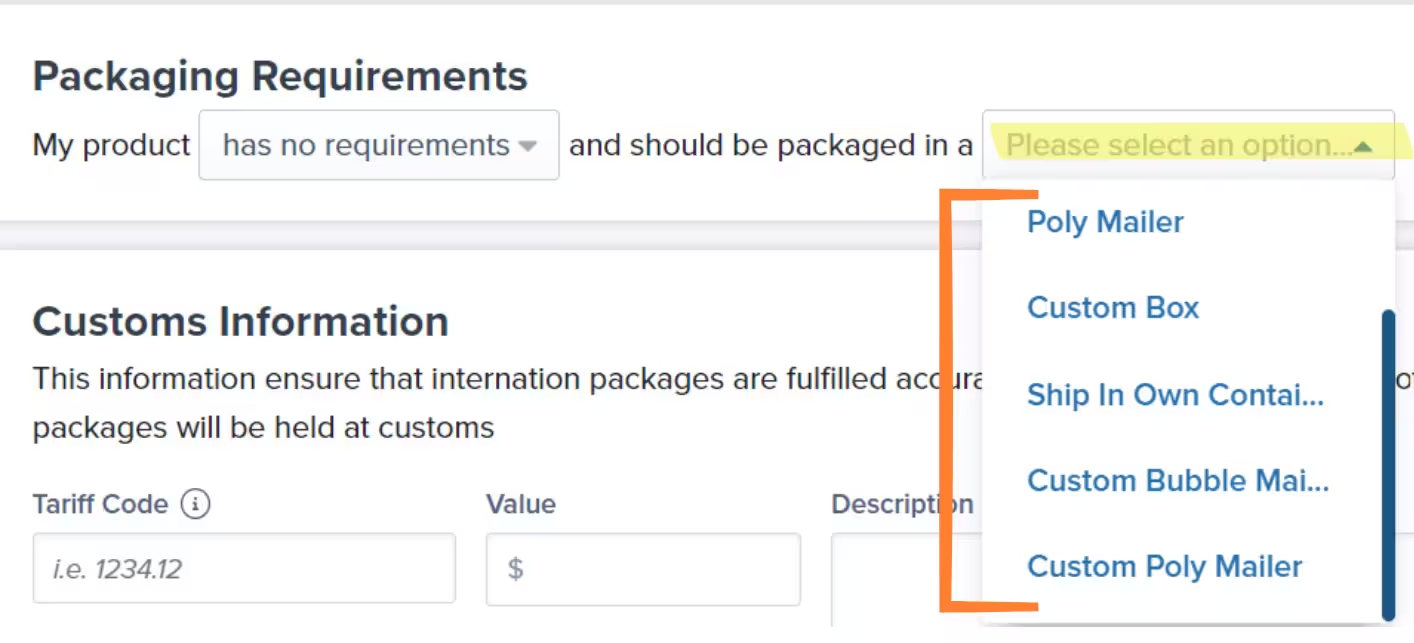Custom packaging lets you deliver a branded unboxing experience with your own boxes, mailers, marketing inserts, and protective materials. Understanding requirements, limitations, and setup procedures ensures your custom packaging integrates smoothly with fulfillment operations.
Standard vs. Custom Packaging
Jetpack provides standard packaging materials for all fulfillment operations, but you can supply custom branded materials for a differentiated customer experience.Standard Packaging Available
Jetpack stocks these standard packaging options at no additional material cost:- Corrugated boxes (various sizes)
- Bubble mailers
- Poly mailers
- Poster tubes
- Book fold mailers
Custom Packaging Options
You can provide your own:| Custom Material Type | Examples |
|---|---|
| Boxes |
|
| Mailers |
|
| Dunnage (Void Fill) |
|
| Inserts |
|
Custom Packaging Requirements and Limitations
Before sending custom packaging materials, ensure they meet Jetpack’s requirements to avoid receiving issues or additional fees.Size Limitations for Custom Mailers
| Requirement | Maximum Dimensions |
|---|---|
| Length | Less than 18 inches |
| Width | Less than 14 inches |
Shipping Label Space Requirements
All custom packaging must have a flat, unobstructed space measuring at least 6 inches x 4 inches for the shipping label. This space must be:- On a flat surface (not over seams or folds)
- Free of graphics, logos, or text
- Able to support adhesive labels without peeling
- Visible on the outside of the package
Carrier scanning systems require clear visibility of shipping labels. Insufficient label space causes shipping delays and may result in packages being rejected by carriers.
Materials Not Accepted
Jetpack cannot accommodate:| Not Accepted | Why |
|---|---|
| Crinkle Paper |
|
| Custom Branded Tape |
|
| Boxes with HAZMAT Markings |
|
Marketing Inserts with Multiple Folds
Marketing materials with more than 8 folds require a kitting order to be inserted. Simple single-page inserts or materials with 8 or fewer folds can be included without kitting orders.How Order Splitting Works with Custom Packaging
When orders are too large for your custom packaging, Jetpack handles splitting automatically: Automatic Order Splitting: If an order contains more products than fit in your custom packaging:- Jetpack splits the order into multiple shipments
- First shipment uses custom packaging (if available)
- Additional shipments use standard packaging
- Customer receives multiple tracking numbers
Fulfillment Cost Calculations
Custom packaging affects how fulfillment costs are calculated for your orders.Cubiscan Measurement
All packages are measured using Cubiscan technology to determine:- Outer dimensions (length x width x height)
- Dimensional weight for shipping calculations
- Actual weight of the complete package
Cost Calculation Based on Outer Dimensions
Fulfillment costs are based on the outer dimensions of the package, not the product inside:- Small box example: Product is 4”x4”x4”, but custom box is 8”x8”x8” → charged based on 8”x8”x8” dimensions
- Oversized packaging: Unnecessarily large custom packaging increases fulfillment costs
- Right-sizing matters: Choose custom packaging that fits products snugly to minimize dimensional costs
Work with your packaging supplier to create custom materials that fit your products as tightly as possible. Oversized custom packaging increases both fulfillment fees and shipping costs due to dimensional weight pricing.
Creating and Configuring Custom Packaging
Setting up custom packaging involves creating SKUs for your packaging materials and configuring them in your Product Catalog.Creating a Product for Custom Packaging
1
Navigate to Products in your Jetpack dashboard
Click Products on the left-hand navigation bar.

2
Create a SKU for each custom packaging material
Manually add a new product for each custom packaging type.Create separate SKUs for:
- Each custom box size (e.g., “6x5x4 inch black branded box”)
- Each custom mailer type
- Marketing inserts (if applicable)
- Custom dunnage materials
3
Locate and open your custom packaging product
On the Product Catalog page, locate the product you want to configure using the search bar or scrolling through the list. Click the product’s Name (hyperlinked) to open the product details page.

4
Click the Packaging for Product Category section
Under the Product Details tab, click the Packaging for Product Category section.

5
Select the packaging type from the dropdown
From the drop-down options, select one of the following as applicable:
- Custom Box
- Custom Bubble Mailer
- Custom Poly Mailer
- Custom Dunnage
- Marketing Insert
- Prop 65 Label
6
Save your configuration
Click the Save button to confirm your selection.
Adding Custom Packaging Requirements to Products
Once you’ve created your custom packaging SKUs, associate them with the products that should use them.1
Navigate to Products and locate your product
Click Products on the left-hand navigation bar. You will be redirected to the Product Catalog page. Locate and click the product’s Name (hyperlinked) that should be shipped in custom packaging.
2
Open the Product Details tab
Click into the Product Details tab to edit the packaging requirements.
3
Specify custom packaging in Packaging Requirements
Use the second drop-down menu under Packaging Requirements to specify whether the product should be shipped in custom packaging.

4
Save your changes
Click Save to confirm the packaging requirement.
Next Steps for Orders with Custom Packaging
After configuring custom packaging in your Product Catalog:- Create a WRO to send packaging materials: Create a WRO to ship your custom packaging materials to Jetpack fulfillment centers. Include sufficient quantities based on expected order volume.
- Set up bundles or automation rules: Use product bundles or automation rules to automatically add custom packaging SKUs to the appropriate orders.
- Monitor inventory levels: Track custom packaging inventory and replenish before running out to avoid orders moving to Exception status.
Fees for Custom Packaging
Custom packaging materials are treated as inventory SKUs, which means they incur standard fulfillment and storage fees:How Storage Works
- Separate SKU: Each custom packaging type is a distinct SKU
- Separate Storage: Custom packaging occupies warehouse space
- Monthly Storage Fees: Charged based on cubic footage occupied
- No Special Exemptions: Packaging materials incur the same storage rates as product inventory
Managing Storage Costs
To control storage fees for custom packaging:- Send appropriate quantities: Balance between shipping frequency and storage costs
- Monitor usage rates: Track how quickly custom packaging is consumed
- Consolidate varieties: Fewer custom packaging types = lower storage complexity
- Right-size inventory: Don’t over-ship packaging materials
Out of Stock Scenarios
When custom packaging runs out, Jetpack ensures orders continue shipping without delays:Exception Status
When custom packaging is out of stock:- Orders requiring custom packaging move to Exception status
- You receive notification of the packaging shortage
- You have two options:
- Replenish custom packaging: Send more materials via WRO
- Remove custom packaging requirement: Update product settings to use standard packaging
Temporary Standard Packaging
If you choose to remove the custom packaging requirement:- Update product settings in the Product Catalog
- Orders in Exception status will automatically be released
- Orders ship in standard packaging until custom materials arrive
- Re-enable custom packaging when inventory is replenished
Let’s Dive Deeper
Sending Inventory Overview
Back to the main guide on our receiving process
Creating a WRO
Send custom packaging materials to fulfillment centers
Manually Adding Products
Create SKUs for your custom packaging materials
Product Details Page
Configure custom packaging settings for products
Creating Product Bundles
Bundle products with marketing inserts automatically
Customizing Packing Slips
Add branded packing slips and gift notes to orders

Questions? Contact Jetpack Care.
If you have any questions or run into issues, you can always contact Jetpack Care for help. Our team is always here to assist via Slack, phone, or email!